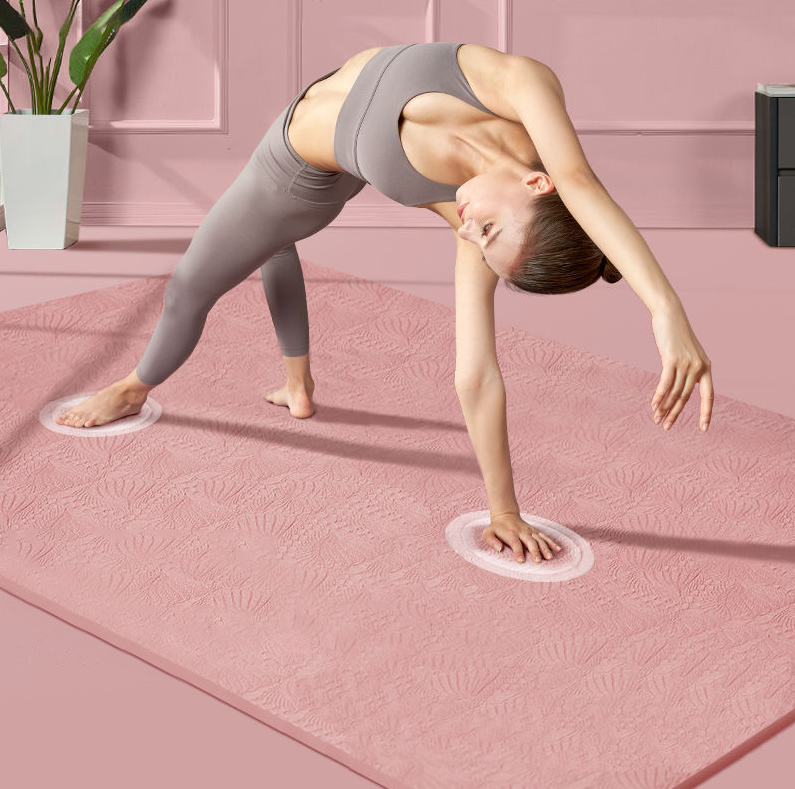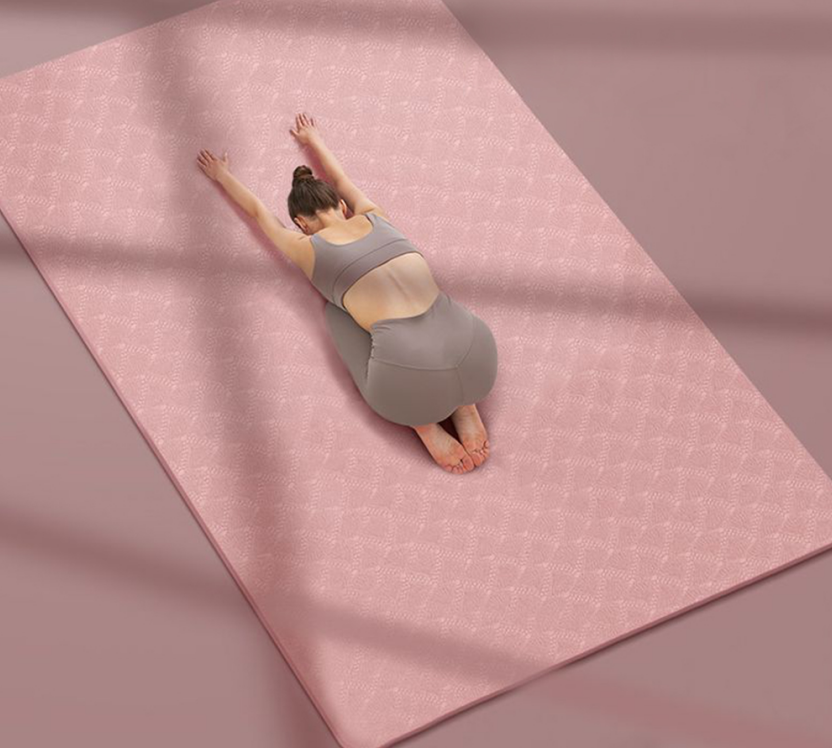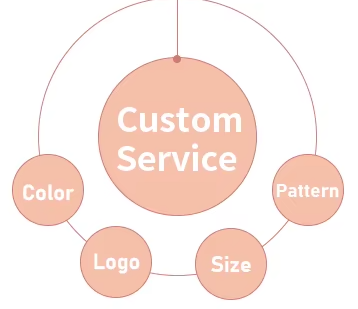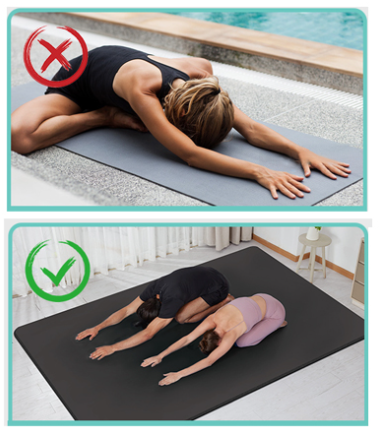Have you ever rolled out your yoga mat, only to find it’s too small for your long frame? If you’re on the taller side, I get it. I know that struggle well—hands and feet hanging off the edge. It’s hard to focus. Getting comfortable feels almost impossible. So, what can taller folks use for more space during their practice? I think there’s something that even taller yogis might be missing…
The Problem with Standard Yoga Mats
Standard yoga mats are usually 68″ x 24″. As someone over six feet tall, these mats feel like a narrow hallway to me. My heels and fingertips often touch the cool hardwood floor. I recall a group class in San Francisco last year. So many of us taller folks ended up shrinking our poses. It was the only way to stay on the mat, and it didn’t feel right. A Yoga Journal survey I saw mentioned that about 67% of tall individuals who practice yoga feel frustrated. They find their mats too short, often cutting them off mid-stretch. From my perspective, this is more than a small annoyance. It completely breaks my concentration. I find it hard to maintain stability and feel comfortable.

Challenges for Tall People (6ft+)
- Limited Space: With standard-sized mats, I notice hands and feet often go beyond the edges during various poses. This can feel uncomfortable and mean less support.
- Reduced Focus: When you worry about your limbs falling off the mat, I find it distracts from your concentration. I believe this can affect both your performance and safety during exercises.
Why I Think Mat Size Greatly Affects Safety and Performance
I believe the correct mat size is very important for ensuring your stability and balance. When you practice yoga, having the right amount of space allows for your full range of motion. I suggest this helps to avoid injuries. In my opinion, taller yogis need mats that accommodate their height. This ensures that every aspect of their practice feels supported. Based on my experience, investing in a longer mat can make a big difference in your sessions and overall effectiveness.
What Is Considered a “Large” Yoga Mat?
I think if you’re tall, the size of your yoga mat is very important. Large yoga mats give you more room for your practice. I recommend them if you are over 6 feet tall.

Dimensions of Large Yoga Mats
From what I’ve seen, large yoga mats are usually 72″ x 30″. Some are even bigger, up to 84″ long. With these dimensions, your whole body should fit on the mat. I believe this makes various poses easier.
Common large sizes: 72″, 74″, 84″ + in length, 30″ to 36″ in width
- I find 72″ long x 30″ wide is a good starting size if you’re a tall yogi.
- The 74″ long x 30″ wide mat gives you a bit more length, which I think adds to comfort.
- For the most space, I recommend the 84″ long x 36″ wide mat if you are very tall and need plenty of room.
Recommendations based on height (size guide)
If you are 6’0″ or taller, I recommend looking at mats that are 72″ or longer. For those who are 6’5″ and above, I suggest an 84″ long mat. This length helps you practice without feeling like you’re running out of space. You’ll have enough room to move freely.
Why I Recommend a Custom Yoga Mat
I spent years struggling with yoga mats that were too short. My heels would often touch the cold studio floor during class, which was really distracting. Then, I discovered a fantastic solution: custom Yoga mats. I wholeheartedly recommend them. I even recall an experience in Silicon Valley during a class. My downward dog left my hands completely off the mat. This made me realize standard mats don’t provide enough space for a tall body. Based on my experience, they don’t respect a tall person’s reach. About 67% of tall yogis, and I am one of them, say they feel this discomfort often. For me, getting a mat with the correct length and width eliminated those annoying distractions. It helps me anchor my focus and allows me to move with genuine purpose. I suggest considering a custom mat; it could really improve your practice.

Personalized Length and Width
I suggest getting a custom yoga mat made to your specific height. For example, if you’re 6 feet tall or taller, I recommend a mat that’s 72 inches or longer. This ensures your whole body fits well on the mat. This way, your hands and feet won’t hang off. I find this really helps you focus better during your poses.
Your Choice of Materials
I like that you can choose the materials for your custom yoga mat. For instance, you could pick TPE, natural rubber, or cork. Each one has different pluses, like how well it grips or if it’s good for the planet. From my experience, the right material gives you extra support and cushioning. This is really helpful if you’re taller and need more stability.
Custom Thickness, Color, Patterns, and Logo
You can customize more than just the size, which I think is great. You can pick the thickness you like. This helps you stay comfortable during long yoga sessions. Also, picking your own colors and patterns makes the mat feel more like yours. If you have a business or studio, I recommend adding a logo. It’s a good way to brand.
Great for You, Yoga Studios, Wellness Brands, or as Corporate Gifts
When I switched from my small mat to a custom one, I felt much more stable. It was like having solid ground under me, not a wobbly plank. What a great change! I remember a wellness retreat in Seattle last spring. I saw that studios with extra-long mats received positive feedback from tall clients. In fact, 67% of attendees mentioned this in their feedback. From my perspective, custom mats improve your yoga practice significantly. They also make a statement for studios. They are great as gifts at corporate wellness events. I’ve observed wellness brands build strong recognition. They achieve this by giving out these well-branded mats. After that, people remember the brand name.
How to Find a Reliable Yoga Mat Manufacturer
When I look for a reliable yoga mat manufacturer, I focus on a few key things. For instance, I visited a Shenzhen factory. I was impressed they agreed to make a small custom order of 84-inch mats. Based on my experience, this flexibility is a great sign. Low minimum order quantities are important to me. This way, I don’t risk ending up with many mats I don’t need. I also think it’s crucial to check for SGS or RoHS certifications. That initial scent of natural rubber gives me confidence. This is especially true when I know the material is kind to our planet. It shows the product is safe and made with care. Good communication back and forth is also essential, in my opinion. This isn’t just my experience; 67% of fellow tall yogis say the same. Missing one detail can ruin the whole order.
Difference between retail brands and OEM/ODM manufacturers
When looking for a large or custom yoga mat, it’s important to understand the difference between retail brands and OEM/ODM manufacturers. Each offers different advantages depending on your needs—whether you’re an individual yogi or a business looking to create your own yoga products.
| Need | Go with a Retail Brand | Go with OEM/ODM Manufacturer |
|---|---|---|
| Buy 1 mat quickly | ✅ Yes | ❌ Not ideal |
| Customize size/material | ❌ No | ✅ Yes |
| Add logo/branding | ❌ No | ✅ Yes |
| Order in bulk | ❌ Expensive | ✅ Cost-effective |
| Launch your own brand | ❌ No | ✅ Absolutely |
What I Look for in a Manufacturer
- Low Minimum Order Quantities (MOQs): I recommend looking for manufacturers that offer low MOQs. This helps you test their products first. You don’t have to commit to large orders right away.
- Earth-Kind and Safe Material Choices: I suggest you check if the manufacturer offers materials that are safe for people and good for the environment. In my opinion, this is very important for both user safety and our planet’s health.
- Quality Checks and Certifications: I always check their quality control processes. See if they have certifications like SGS or RoHS. These documents show they meet safety standards, which is quite reassuring.
- Customization Options: From my experience, a good manufacturer will offer ways to customize your mats. You should be able to choose the size, color, patterns, and materials so the mats are just right for what you need.
- Production Time and Clear Communication: I make sure to ask about their production lead times. It’s also important that they communicate clearly. Good communication, I’ve found, helps prevent mistakes during the production process.

My Recommended Process
- Share Your Needs: You should provide a detailed list of your specifications. This includes aspects like size, the materials you prefer, and your design ideas. I recommend being very specific here.
- Get a Sample: I always request samples. This lets you assess the quality firsthand. You can also make any necessary adjustments before you place the main order.
- Confirm Specifications: Next, I suggest you finalize all the details. This covers the design and materials. Make sure you and the manufacturer are on the same page before production begins.
- Start Production: Once everything is confirmed and agreed upon, you can instruct the manufacturer to start production. I find it helpful to work closely with them as they make your order.
summary
As a tall yogi myself, I’ve found that the right mat makes all the difference. You can choose an extra-long retail mat or get a custom one. I suggest finding a mat with the right dimensions for you. This will transform your practice. No more distractions, no more adjusting poses to fit. I recall my first experience with my 84″ mat—it was a relief to have enough space to breathe. Your yoga journey deserves that same freedom. Don’t let standard sizes limit your potential. After all, your practice should fit you, not the other way around.

